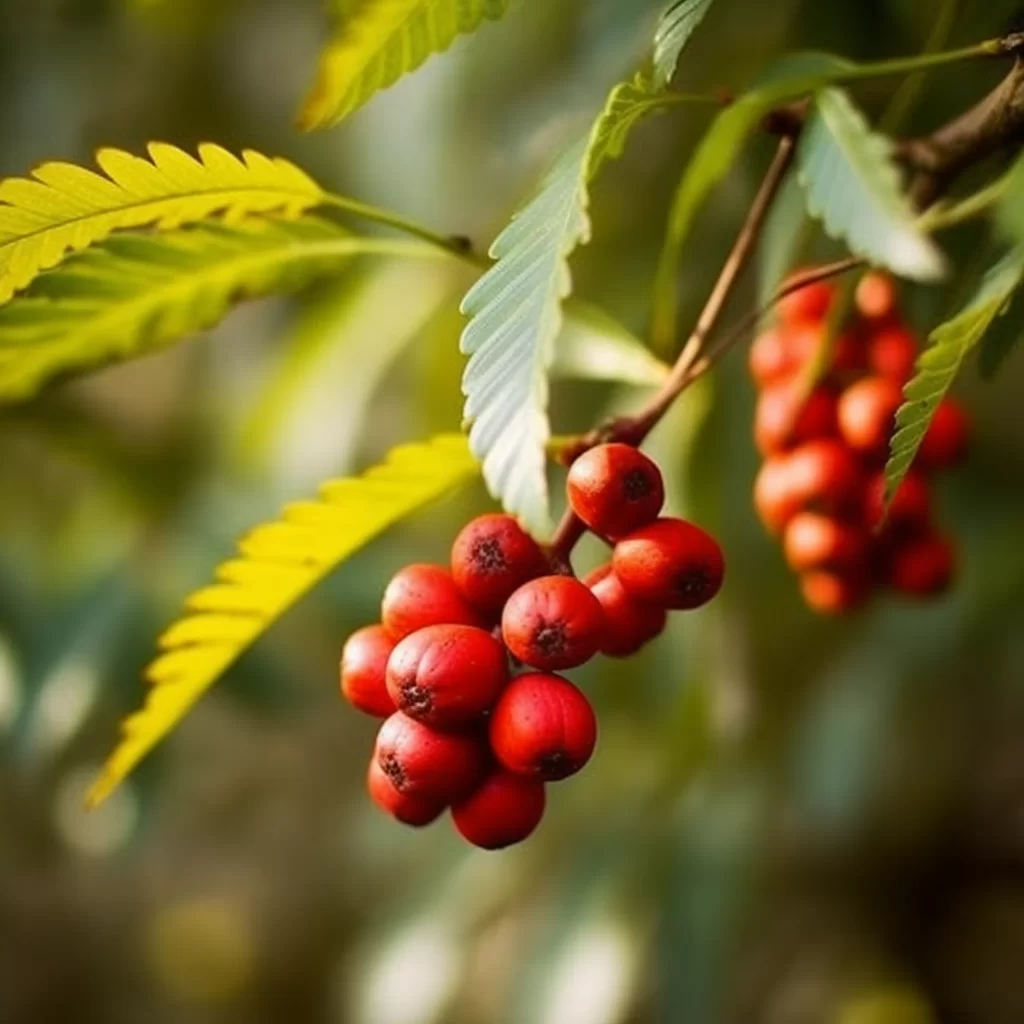Story of Day :
Contents
The Rowan Plant: A Complete Guide and Care Tips
Whether you’re a seasoned gardener or a newbie, the rowan plant is an excellent addition to any garden.
Also known as the mountain ash, this beautiful tree is easy to grow and maintain, making it perfect for those looking for a low-maintenance plant that still adds plenty of beauty and value to your outdoor space.
In this article, we’ll explore everything you need to know about the rowan plant, from its history and origins to care tips and best practices.
History and Origins
The rowan tree has been around for thousands of years.
The ancient Celts believed that it had magical properties that could protect against witches and evil spirits.
They also used its wood to make spears and arrows due to its strength.
The tree is native to northern Europe but can now be found all over the world in temperate climates such as North America, Asia, Africa, Australia, New Zealand etc.

Description of Rowan Plant
The rowan plant (Sorbus aucuparia) is a deciduous tree that grows up to 10 meters tall when fully matured.
It has an upright habit with spreading branches forming an attractive crown which makes it ideal for planting in parks or gardens where space isn’t restricted.
- Leaves: The leaves are pinnate (meaning they have leaflets on either side of a central stem), with each leaflet being oval shaped with serrated edges; they can grow up from 15cm – 20 cm long
- Bark: brownish-gray in colour
- Flowers: clusters of tiny white flowers appear during late spring or early summer which turn into bright red berries come autumn
Care Tips
The rowan plant is relatively easy to care for, making it a great choice for beginner gardeners.
Here are some care tips to help you keep your rowan tree healthy and looking its best:

- Planting: Plant in well-draining soil that has a pH of around 6-7.5 and ensure that the location receives plenty of sunlight.
- Watering: Keep the tree well-watered during its first year after planting, then only water when the soil feels dry to the touch.
- Pruning: Pruning should be done in late winter or early spring before new growth begins.
Remove any dead or diseased wood, as well as any branches that are crossing or rubbing against each other.
- Fertilizing: Fertilize once a year in late winter with an all-purpose fertilizer suitable for trees.
Pests and Diseases
The rowan plant is relatively resistant to pests and diseases, but there are still some issues you should be aware of:
- Aphids: These small insects can infest young shoots causing them to distort.
Use insecticidal soap spray or natural predators such as ladybugs to control their population
- Sawflies – The larvae eat away at leaves often leaving just a part of leaf stalk behind

Conclusion
The rowan plant is truly one-of-a-kind due to its unique beauty, low maintenance requirements and hardiness.
Whether you’re looking for an attractive addition to your garden or simply enjoy having plants around your home, this tree is definitely worth considering.
By following our care tips above ,you can ensure that your Rowan tree will thrive happily without much effort!